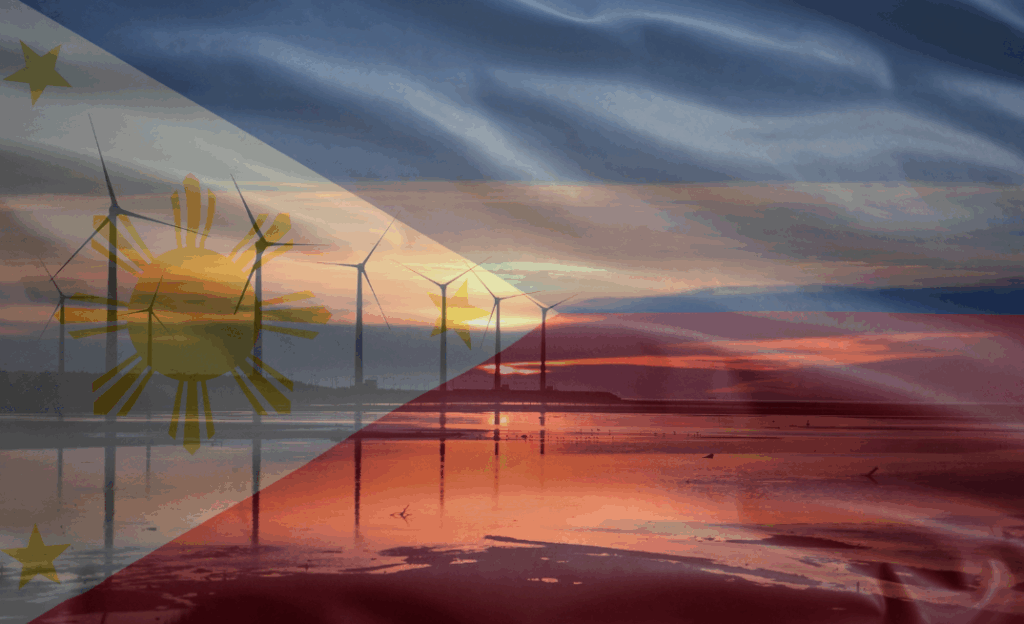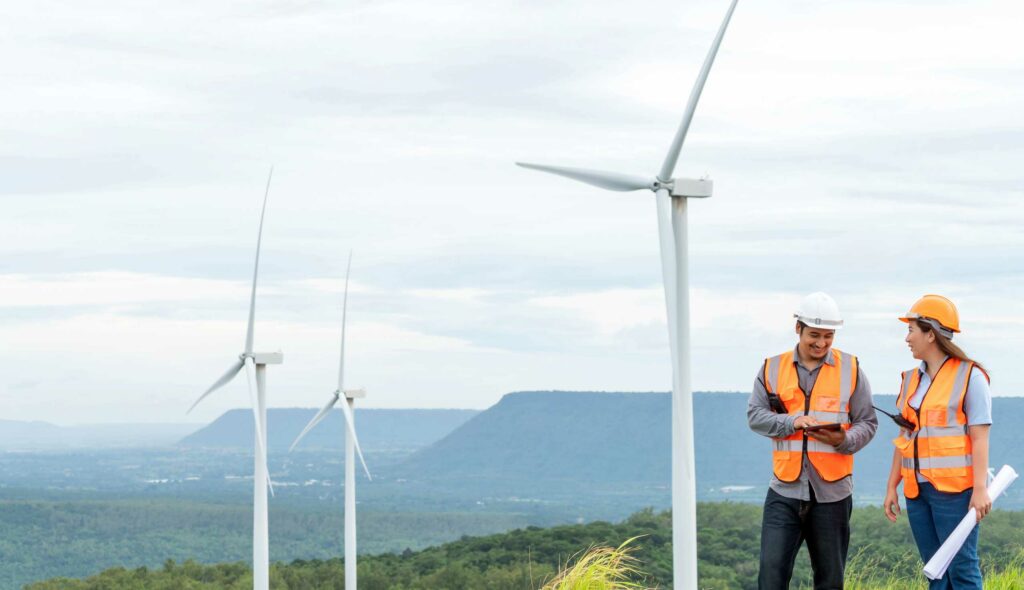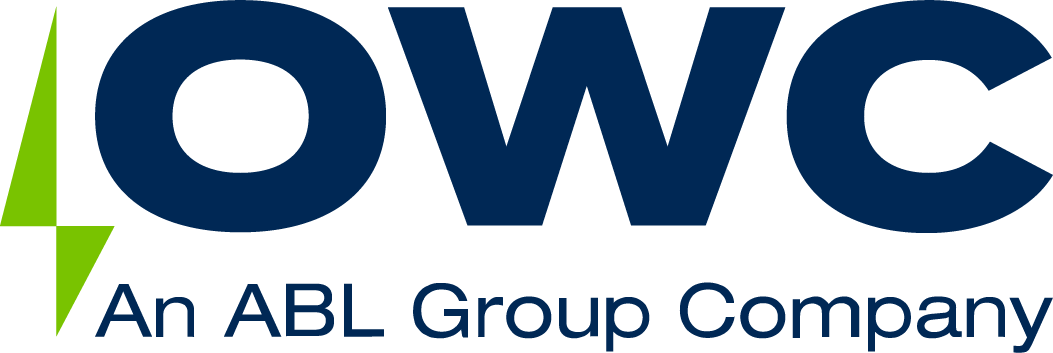Philippines Offshore Wind – A Market on the Rise
The Philippines is preparing to launch its first offshore wind auction in Q4 2025, marking a pivotal step in its clean energy transition. The auction, part of the Green Energy Auction Programme 5 (GEA 5), will focus on fixed-bottom offshore wind and aims to allocate up to 3.3 GW of capacity, with project commissioning expected between 2028 and 2030.

Auction Mechanics and Developer Requirements
GEA 5 will be conducted as a price-based auction, with bids evaluated from lowest to highest price until the 3.3 GW cap is reached. In the event of a tie, bids will be ranked by their Delivery Commencement Dates with earlier dates prioritised. All bids must fall below the Green Energy Auction Reserve Price.
Successful bidders must submit key documentation within 30 calendar days of award, including:
- System Impact Study (SIS) from the National Grid Corporation, confirming nameplate capacity.
- Wind Resource Assessment with a minimum of 12 months of site-specific data.
- Port Infrastructure Plan detailing the use and development of local port facilities, including potential partnerships.
These requirements signal the Department of Energy’s (DoE) intent to attract serious developers with credible plans and financial commitment.
Policy Landscape and Market Signals
The Philippines presents a policy-rich environment for offshore wind. The Philippine Energy Plan 2023 – 2050 and Clean Energy Scenarios (CES) – one of which envisions 50.1 GW of offshore wind capacity – demonstrate strong governmental ambition. For developers, this signals a market committed to integrating offshore wind into its long-term energy strategy.
Further reinforcing this commitment, the DoE has invited stakeholder feedback on the GEA 5 Terms of Reference, underscoring its openness to market input and its intent to refine the auction framework collaboratively.

Infrastructure Challenges and Opportunities
Despite clear auction guidelines, infrastructure remains a critical constraint. The DoE has identified at least ten ports for potential redevelopment to support offshore wind projects. Financing these upgrades will likely require public-private partnerships. Encouragingly, the Philippines benefits from existing industrial capabilities in steel and concrete, and its archipelagic geography offers a broad base of port options.
Transmission infrastructure is another key challenge. The Transmission Development Plan (TDP) 2024–2050 outlines regional upgrade pathways, helping developers align their SIS submissions with grid development timelines. Misalignment between SIS and TDP could delay project execution and erode market confidence.
Talent Development and Local Capacity
To address talent gaps, the Balik Scientist Program could aim to incentivise Filipino technical experts to return and contribute to the offshore wind sector. While originally designed to counteract brain drain, the program offers a strategic opportunity to build local expertise in offshore wind.
Outlook
GEA 5 represents a landmark moment in the Philippines’ clean energy journey. The auction framework, policy alignment and developer engagement suggest a serious intent to establish offshore wind as a cornerstone of the country’s energy future. However, success will depend on the pace of infrastructure upgrades and the ability to mobilise local and international investment.
While challenges remain, the Philippines is positioning itself as an emerging offshore wind market with significant potential. The coming months will reveal whether developers share this optimism.
Connect with The Expert

Craig Brown
Head of Market Studies
